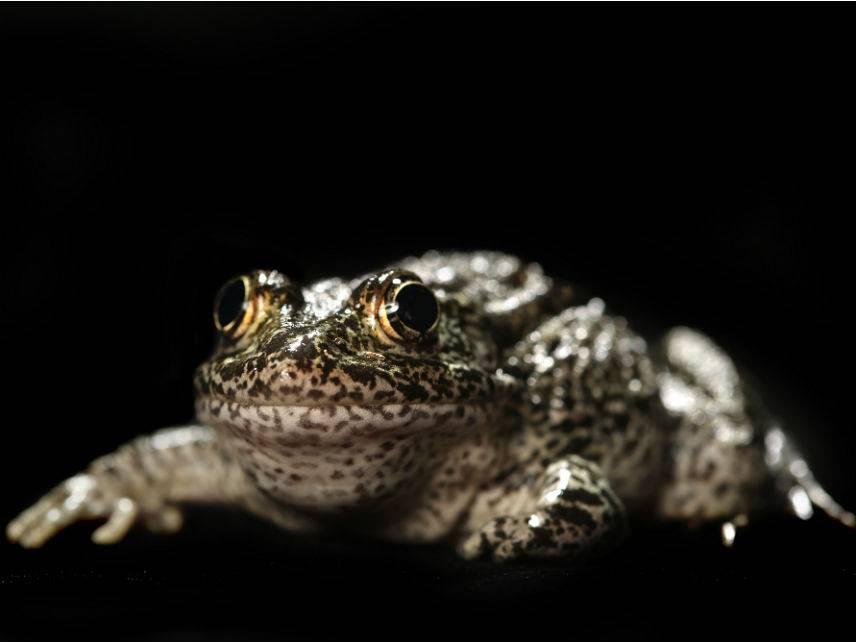
(Editor’s note: Opinion pieces are published for discussions purposes only.)
By Tate Watkins | Reason
The Supreme Court hears the first case of its new session tomorrow. The subject of Weyerhaeuser Company v. U.S. Fish and Wildlife Service is a shy, endangered frog, known among biologists for a call said to resemble an old man snoring.
Only about 150 dusky gopher frogs survive in the wild, and all of them are in southern Mississippi. That didn’t stop the Fish and Wildlife Service from designating about 1,500 acres of private property in St. Tammany Parish, Louisiana, as critical habitat for the species in 2012. The designated acreage lies within the frog’s historical range, but it’s now part of dense commercial timber plantation that is nothing like the open-canopied habitat the amphibian needs.
The yearslong legal dispute over the frog demonstrates how the Endangered Species Act has failed wildlife and private property owners alike. The statute may have been written with good intentions, but it often punishes landowners in ways that have nothing to do with recovering species. The act makes enemies out of the private landowners who provide the majority of habitat for imperiled species.








